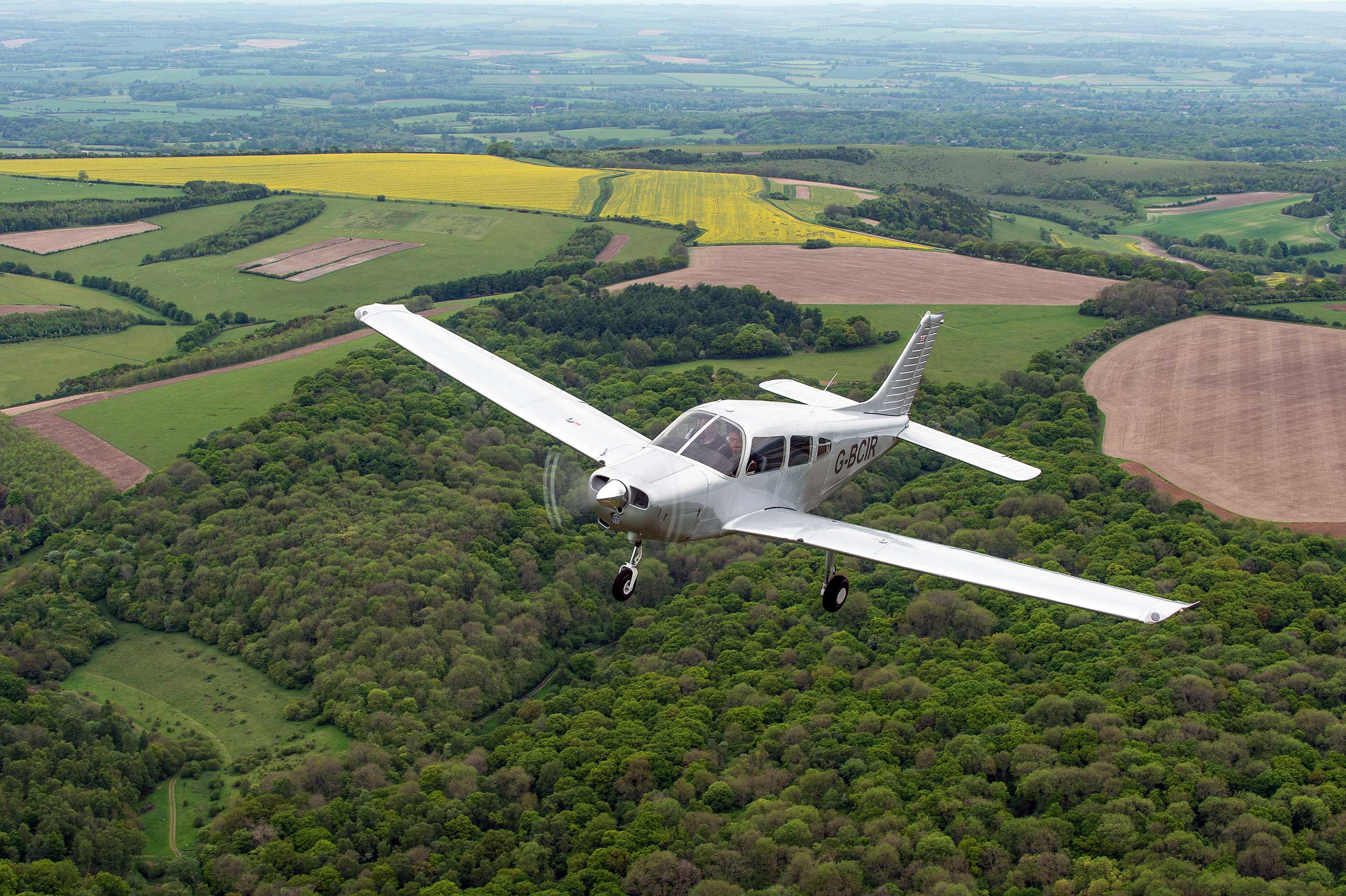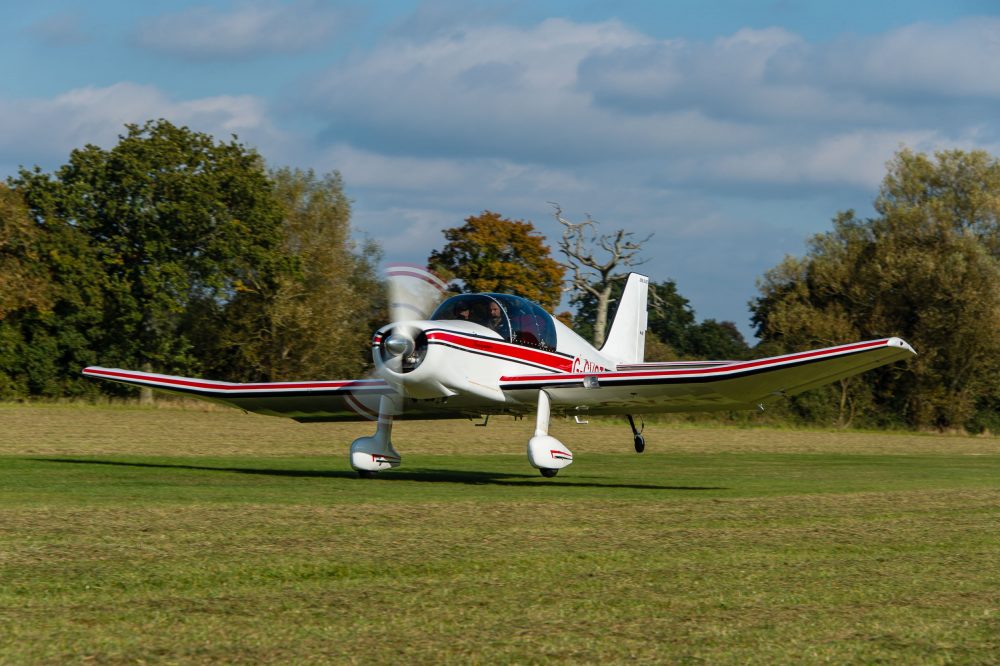Pilots are allowed to fly their aircraft for essential maintenance including engine health flights during the Covid-19 restrictions, according to UK Government advice issued today.
The latest advice covers all non-complex aircraft including:
- Microlights
- Amateur built
- Historic aircraft
- Balloons
- Gliders
- Piston twins and singles up to 5,700kg maximum take-off weight
- Single pilot helicopters up to 3,175kg.
Owners/operators of GA aircraft are permitted to conduct aircraft maintenance flights on the following basis:
Maintenance flights
Post-maintenance check flights in accordance with CAP1038 are permitted but must be kept to an absolute minimum in terms of both the number and duration of flights. They must be conducted in strict accordance with the approved maintenance or flight test profile.
Ferry flights
Flights to or from maintenance facilities for essential maintenance are permitted if such a facility is not available at the aircraft’s current location. Flights are to be by the most direct practical route with transits flown at no lower than 1,000 feet Above Ground Level (AGL).
Engine health flights
The main way of maintaining engine health during COVID restrictions should be through winterisation or inhibition. Engine health flights are only permitted, where required by the engine manufacturer or equivalent LAA/BMAA procedures for Permit-to-Fly aircraft.

Maintenance flights including engine health flights are allowed says UK Govt, but there are conditions. Photos: Ed Hicks
Flights must follow those procedures and there must be a four-week gap between flights:
- Each flight must be no more than 30 minutes (or as recommended by the engine manufacturer in order to prevent internal engine corrosion). Aircraft should aim to remain within the airfield circuit. Unless safety of flight requirements dictate, the aircraft should not travel beyond a 10nm radius of its departure aerodrome and no dynamic manoeuvring activity should be flown.
- Each flight should be at the highest practical height to minimise to the noise impact on members of the public maintaining social distancing, and not below 1,000ft AGL except for take-off, approach and landing.
- If the engine manufacturer’s instructions indicate that the engine only needs to be run at idle or at low power whilst on the ground and no other essential maintenance is required, then no flight may be performed.
Criteria for the conduct of these flights
While the UK Government’s social distancing policy is in place the owner or organisation operating the aircraft must maintain a log of all the aircraft movements.
As a minimum, this must include the purpose of the flight, the aircraft registration, the pilot and their licence number, the flight’s date, time and duration. This log is to be kept and if required provided immediately in electronic form to the CAA.
Only solo flights by fully qualified pilots are permitted. No other flights, including instructional sorties are allowed. Aircraft must not be rented-out or flown for financial gain.
Aircraft must have a valid airworthiness certificate (CofA, Permit or Permit Flight Release Certificate) before a maintenance, ferry or engine health flight can take place.
These provisions apply equally to UK-registered and non-UK registered GA aircraft operating in UK airspace.
Any requests for exceptions to these provisions are to be submitted to [email protected] a minimum of 10 days in advance of the requested date of the flight.
At all times, the measures outlined by the UK Government to reduce the risk of the spread of COVID-19, such as social distancing, personal hygiene and minimising travel remain applicable, and pilots and operators undertaking flights on the basis permitted here must observe these.
Aerodrome operators must also ensure that such flights are coordinated so that social distancing measures are not compromised at their location.
The advice is here














12 comments
Some confusion here, as in the same paragraph, it states: ‘flights to be within the circuit’, followed by: ‘up to 10nm radius’. How do we interpret that?
“Aircraft should aim to remain within the airfield circuit. Unless safety of flight requirements dictate, the aircraft should not travel beyond a 10nm radius of its departure aerodrome”
When I click on the link and it takes me to the CAA website – I do not see the guidelines referenced in this The Flyer piece. Where is the actual CAA guidance?
You have to scroll down the page to Stakeholder Information, then click the sub-heading GA Maintenance Flights. There is no direct link unfortunately.
You clearly don’t fly or you would be aware it is essential travel to maintain the aircraft! Jet skies don’t fall out of the sky killing people because they weren’t maintained for a long period of time!
Before you all go flying, spare a thought for everyone else locked in their homes, banned from the parks and open spaces and what will they witness, the only aircraft to break the silence in our skies is a GA pilot? What do you think the public will think of this .. great PR for GA everyone well done. What about the airfield circuit noise? ..who is going to explain to our fellow man why this is happening when there are options not to do otherwise ? .. airfield operators will be in the front line when you have landed, thanks a bunch.
I thought we were all in this together.
They will be unhappier when an engine failure due to lack of maintenance causes a light plane to crash into their garden. Not that they will think about that this week.
Yes but whats next Jet ski maintenance runs ?? There are other ways of dealing with this.
Mike Pearson is obviously an expert in aircraft maintenance much more knowledgeable than AOPA or the CAA perhaps he could tell us more
Mike Pearson, think again, it’s every man for his own! you obviously do not own an aeroplane
So what happens when your airfield is closed and there is no access?
Engines should be inhibited in the first instance, if this is what your engine manufacturer recommends, even if they also recommend a flight every 30 days. If inhibiting your engine is an option then you should not be flying sadly – and I’d be dubious as to whether your insurance would cover you if you had an accident during that flight. Worth a thought for anyone jumping to fly!